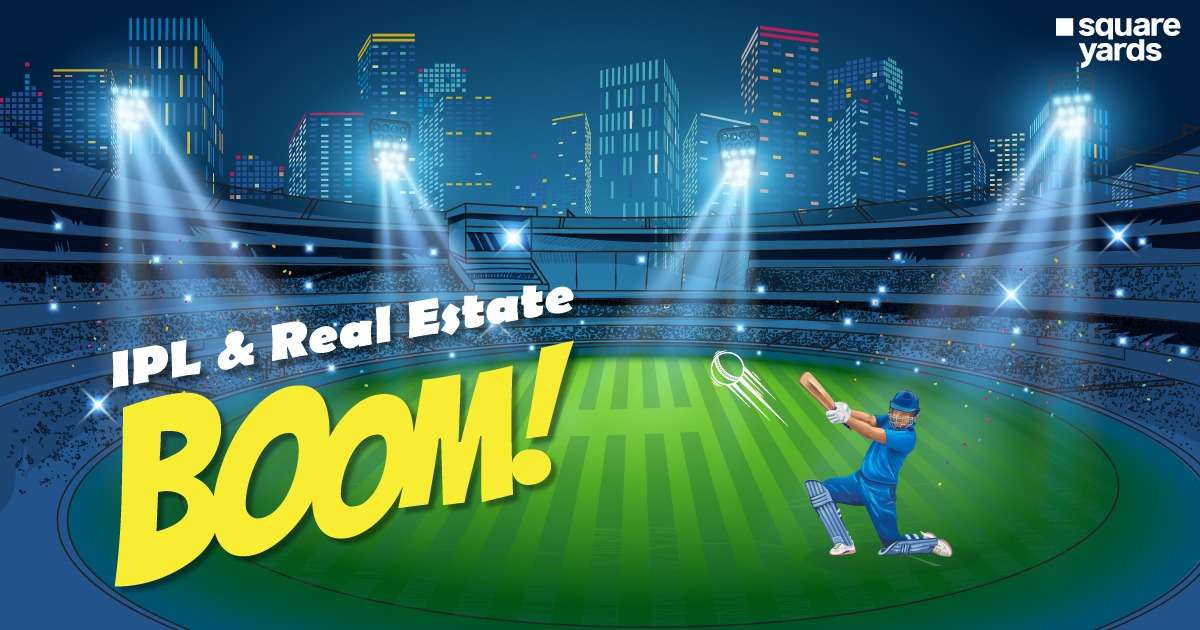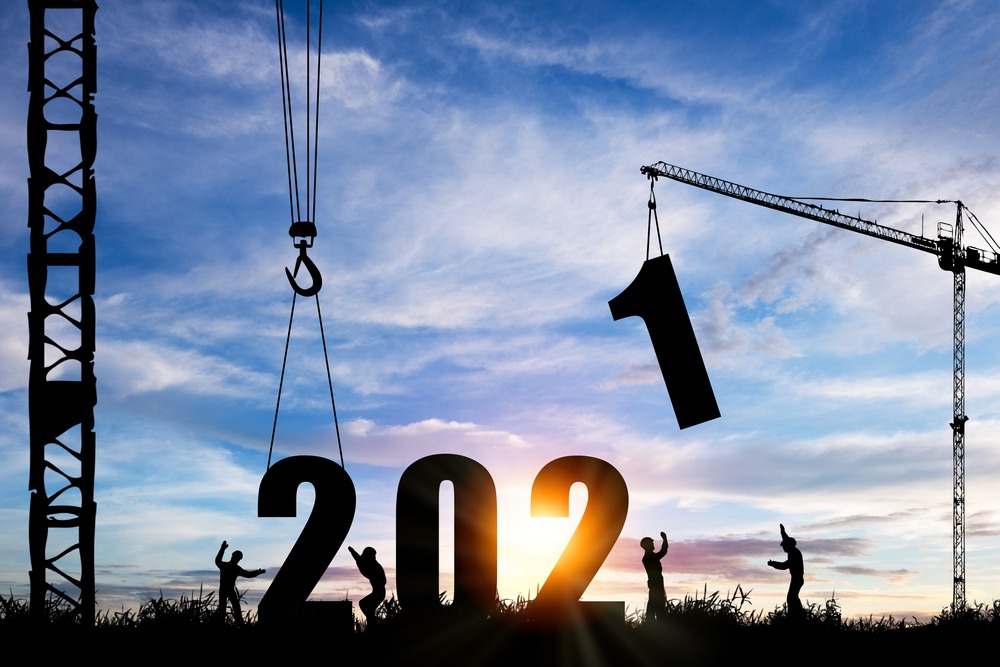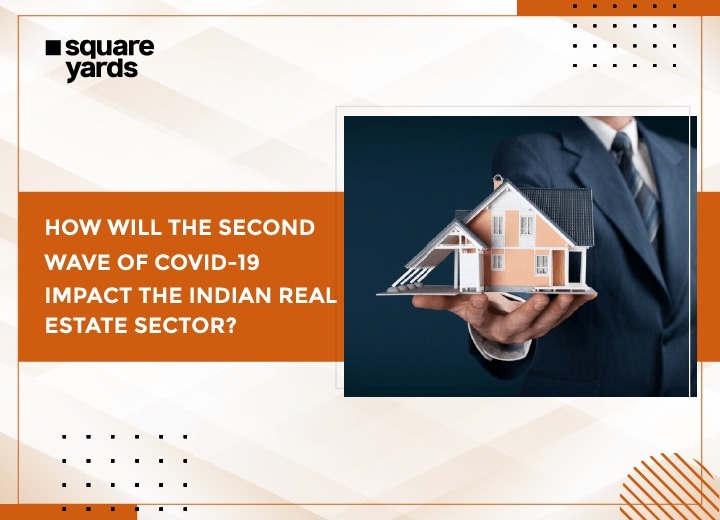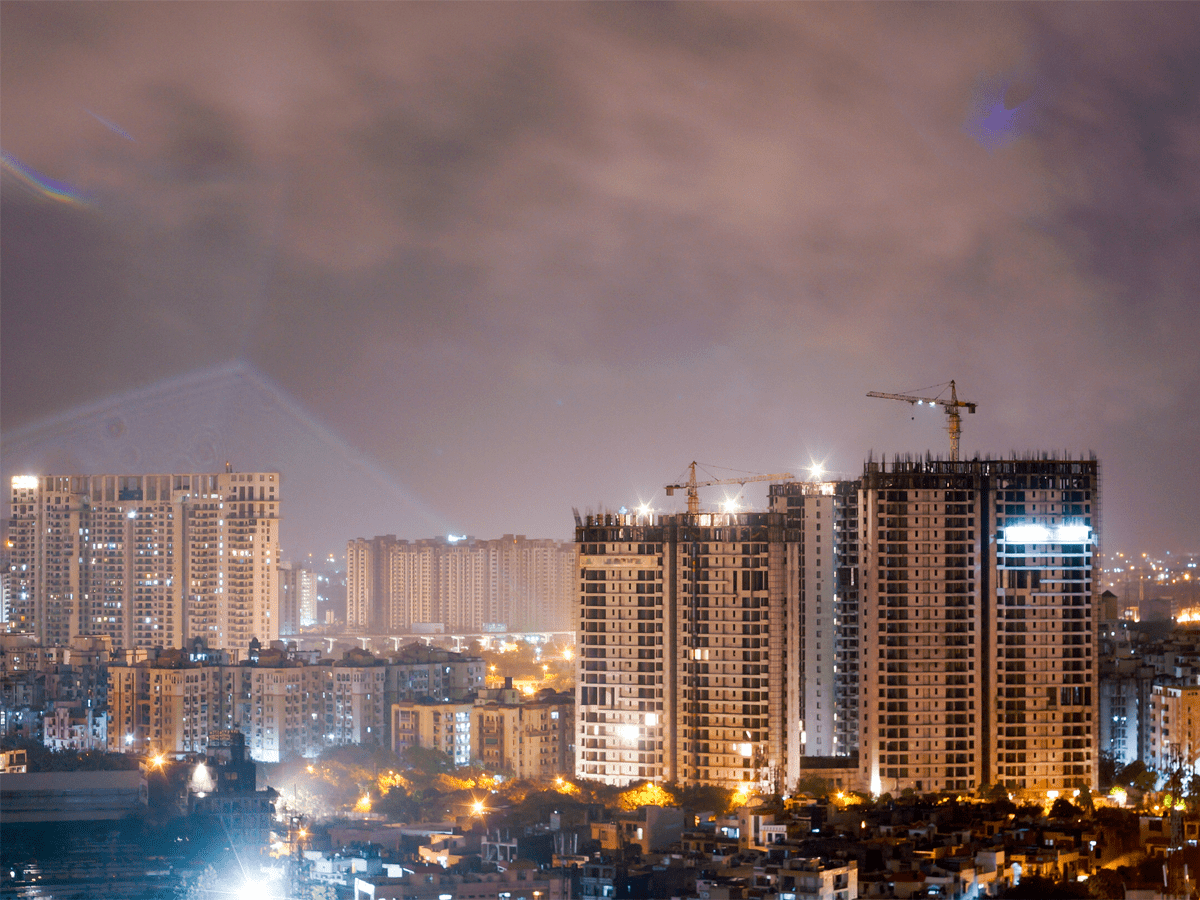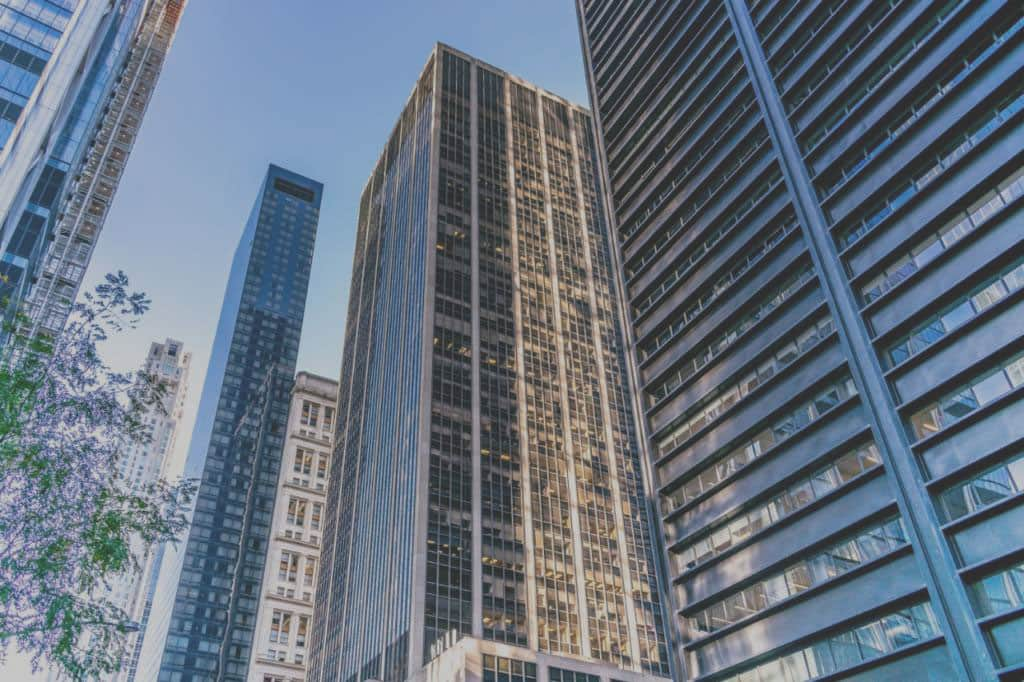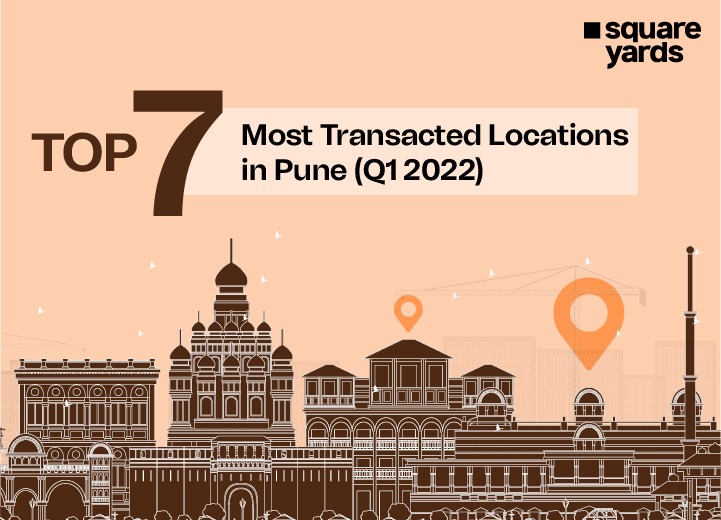Ladies and gentlemen, it’s that time of the year when most of the otherwise sensible Indians are throwing wobbly doodle duck quacks over men trying to hit a ball with a stick for a few hours. And there’s another bunch of people screaming out phrases like SIXXERRR!!, and HUGE! That is HUGE! Reminds me of Jim Ross losing his ballistic turd every time a wrestler makes a return in the good old WWF.
Yes, we are talking about IPL, the Indian Premier League. Also known as the Incredibly Popular Lagaan or Its Pure Luck, if RCB somehow manages to win this time. The craze is very well evident in the record-breaking viewership across platforms. If only people were getting paid to watch this stuff. Dreaming 11 in the corner.
Okay, in all seriousness, to host such a mega event, the IPL requires stadiums that can meet the needs of both players and fans while also being profitable for owners and investors. And thanks to the fantastic execution, this has also immensely helped one of the least talked about sectors, i.e. the real estate sector.
IPL Stadiums
Goes without saying that IPL is being conducted in some of the most iconic stadiums in India. With names like Wankhede Stadium, Chinnaswamy Stadium, Eden Gardens, and the newest Narendra Modi Cricket Stadium that can pack a whopping 132,000 people, the thrills and drama of an IPL match can be witnessed firsthand. How exciting! They’re like a round amusement park for screaming and flashy cricket fans where players are performing a Bollywood-style dramatic carnival with the crowd as their audience. So, let’s get down to business.
IPL Teams and Their Respective Home Stadiums
The 2023 edition of IPL has all these stadiums confirmed. Let’s do a quick rundown.
Mumbai Indians – Wankhede Stadium

(Source – Sporting News)
Wankhede Stadium was originally designed by Shashi Prabhu and Associates in 1974 as a replacement for the Brabourne Stadium, which had limited capacity and facilities.
The stadium has an oval-shaped playing area that measures approximately 170 metres (558 feet) in length and 140 metres (459 feet) in width. The total area of the ground, including the stands and other facilities, is around 25 acres. The stadium has a capacity of 33,108 spectators after it was reduced from 45,000 during the renovation in 2011.
Chennai Super Kings – Chepauk Stadium

(Source – Times of India)
So this is where MS Dhoni awakens one of the loudest crowd pops. All we need is Jim Ross to shout, “BAHH GODD! That’s gotta be Dhoni!”. But guess what, we have the latest Bhojpuri commentary instead. Chepauk Stadium is a cricket stadium in Chennai that was established in 1916 and is the second oldest cricket stadium in India. It is the home ground of the Chennai Super Kings.
The stadium has a capacity of 50,000 spectators. It has an oval-shaped playing area and a cantilevered fabric roof. Moreover, the stadium incorporates a new drainage system, floodlight system, media box, dressing room, VIP lounge, scoreboard, and sound system. The stadium has three Indo-Saracenic-style pillars at the entrance that are remnants of the palace grounds.
Kolkata Knight Riders – Eden Gardens

(Source – The Print)
Before I write anything, special mention to Ashok Dinda. I mean, where is that dude? Anyway, Eden Gardens is a cricket stadium in Kolkata that was established in 1864 and is the oldest and second-largest cricket stadium in India. It is the home ground of the Kolkata Knight Riders. The stadium has a capacity of 66,000 spectators and has hosted many historic matches and events. The stadium has been called “Cricket’s Answer to the Colosseum” and the “Mecca of Indian cricket”.
Sunrisers Hyderabad – Rajiv Gandhi Stadium

(Source – RTF)
Rajiv Gandhi Stadium is a cricket stadium in Hyderabad that was established in 2003 and is the second-largest cricket stadium in India. It is the home ground of the Sunrisers Hyderabad. The stadium has a capacity of 55,000 spectators and has hosted many international matches and events, including the 2017 and 2019 Indian Premier League finals.
Delhi Capitals – Arun Jaitley Cricket Stadium

(Source – News 18)
Arun Jaitley Stadium is a cricket stadium in Delhi that was established in 1883 and is one of the oldest cricket stadiums in India. It is the home ground of the Delhi Capitals. The stadium has a capacity of 55,000 spectators and has hosted many international matches and events, including Anil Kumble’s record-breaking 10 wickets in a Test innings against Pakistan in 1999.
The stadium has an oval-shaped playing area and a modern roof that covers most of the stands. The stadium also has a new drainage system, floodlight system, media box, dressing room, VIP lounge, scoreboard, and sound system.
Rajasthan Royals – Sawai Mansingh Cricket Stadium

(Source – TFIPost)
This extremely good-looking cricket stadium in Jaipur, Rajasthan, is the home ground of 1st edition IPL winners, Rajasthan Royals. The stadium features a new cantilevered fabric roof, a new drainage system for rainwater, a floodlight system, a media box, a dressing room, a scoreboard, and a stats display. The stadium can pack about 30,000 fans.
Royal Challengers Bangalore – Chinnaswamy Cricket Stadium

(Source – Reddit)
Chinnaswamy Cricket Stadium is one of the most iconic stadiums in India, which is home ground to the high-performing team, Royal Challengers Bangalore. It’s like Victory has been chasing this team forever, but they’ve always been faster. The stadium can pack about 40,000 people.
Lucknow Supergiants – Ekana Cricket Stadium

(Source – T20 Head to Head)
The Bharat Ratna Shri Atal Bihari Vajpayee Ekana Cricket Stadium in Lucknow is the home ground of the Lucknow Super Giants. The stadium was built in 2017 and has a seating capacity of 50,000.
The stadium has modern facilities such as dressing rooms, a sports academy, a lounge, and broadcasting rooms for media personnel. It also has an art gallery that showcases the Indian cricket team’s journey. One of the unique features of the stadium is its circular seating arrangement, which ensures that every seat offers an unobstructed view of the ground.
Gujarat Titans – Narendra Modi Cricket Stadium

Source – India Today
Now this is an absolute unit. The Narendra Modi Cricket Stadium is a mammoth of a stadium with the title of being the world’s largest stadium. This one can host a stunning 132,000 crowd. With that kind of crowd support, one might easily feel like they’ve claimed half the world’s population under their spell. This is the home turf for Gujarat Titans, which is a relatively novel franchise team in the IPL.
The swanky stadium has many features, such as four dressing rooms, six indoor practice pitches, an indoor cricket academy, a dormitory for 40 athletes, 76 corporate boxes, multiple clubhouses with swimming pools, and LED lights on a fireproof canopy base. The stadium covers 63 acres of land and has three major entryways.
Punjab Kings – Indrajit Singh Bindra Stadium

(Source – IPL Cricket Match)
The Indrajit Singh Bindra Stadium in Mohali, Punjab, is the home ground of the Punjab Kings. This was built by Geetanshu Kalra in 1993 and has a capacity of 27,000 spectators.
The stadium boasts features such as four dressing rooms, six indoor practice pitches, an indoor cricket academy, a dormitory for 40 athletes, and unconventional low-height floodlights to avoid aircraft collisions. The stadium covers 13.5 acres of land and was built on a marshy wasteland.
Impact of IPL Stadiums on Real Estate
The Indian Premier League is not only a cricketing extravaganza but also a catalyst for economic growth in the country. The IPL has a significant impact on various sectors, such as media, entertainment, hospitality, tourism, and sports. One of the sectors that has benefited immensely from the IPL is the real estate market.
The IPL has helped the real estate market in several ways, such as:
- Boosting demand for residential and commercial properties: The IPL attracts a large number of spectators, players, staff, and media personnel to the host cities. This creates a demand for accommodation, office space, retail outlets, and recreational facilities. According to reports, the IPL has also increased the occupancy rates of hotels by 10-15% in the host cities. The IPL also generates employment opportunities for local people, which in turn increases their purchasing power and aspiration for better housing.
- Enhancing the infrastructure and connectivity of the host cities: The IPL requires world-class stadiums and facilities to host the matches. This prompts the authorities and developers to invest in improving the infrastructure and connectivity of the host cities. A great example is the Narendra Modi Stadium in Ahmedabad, the largest stadium in the world with a seating capacity of 132,000 spectators, was constructed for INR 800 crores and has boosted the real estate prospects of the city. Similarly, the IPL has also led to the development of new airports, metro rail projects, roads, bridges, and flyovers in the host cities.
- Creating brand value and visibility for the host cities: The IPL showcases the host cities to a global audience through live telecasts and digital platforms. This creates a positive image and awareness of the host cities among potential investors, tourists, and buyers. The IPL also helps in promoting the culture and identity of the host cities through its team names, logos, jerseys, and slogans.
- Spurring innovation and competition among developers: The IPL has also inspired developers to come up with innovative and competitive projects that cater to the needs and preferences of the IPL stakeholders. For example, some developers have launched projects that offer cricket-themed amenities such as cricket grounds, nets, academies, and clubhouses. Some developers have also partnered with IPL teams or players to endorse their projects or offer discounts and incentives to buyers.
In short, cricket is a big phenomenon in a country like India. And, real estate, like any possible sector, encashing on it, only makes sense.
Oh No! It’s A Super Over
Sure, IPL is one such event that has made a mark in every aspect of not only cricket but also in various sectors, including real estate. With the massive amount of money pouring in, it’s an absolute fistfight for investors, companies, and developers to grab all that they can. Players are super busy selling creams and drinks. Who wants to miss Virat Kohli booging a move on “Just do the digit, digit, just do the digit dance”? Feels.
Maybe now real estate brokers need to start marketing IPL-themed apartments with cricket-themed wallpapers, stadium-style seating, and maybe a mini pitch in the balcony or backyard. Not to forget about the inbuilt IPL Air Horn that will not only annoy a neighbour but also force them to look for a new house. That’s a clear way to increase housing sales. No?
Fin.


